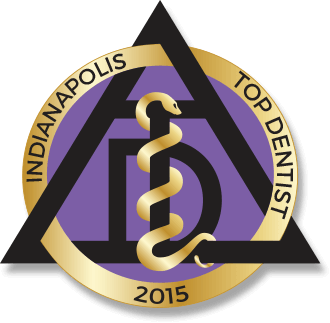 Cracked teeth are often a dental emergency, but it may surprise you to know that they’re not always easy to identify. You may assume the crack will be immediately visible and painful, but some cracks are extremely hard to see or might not hurt at all. Damage to the tooth can happen for all sorts of reasons, and your dentist’s response often depends on the severity of the problem. If you suspect you have a cracked tooth, here’s what you need to know about diagnosis and treatment.
Cracked teeth are often a dental emergency, but it may surprise you to know that they’re not always easy to identify. You may assume the crack will be immediately visible and painful, but some cracks are extremely hard to see or might not hurt at all. Damage to the tooth can happen for all sorts of reasons, and your dentist’s response often depends on the severity of the problem. If you suspect you have a cracked tooth, here’s what you need to know about diagnosis and treatment.
What are the Symptoms of Cracked Teeth?
Interestingly, not all cracked teeth will have obvious symptoms. That said, if you experience pain while eating, swollen gums around a particular tooth, sensitivity in your teeth to sweetness or temperature, recurring pain or hard-to-pinpoint discomfort, you should call your dentist for an appointment as soon as possible.
How Will My Dentist Diagnose a Cracked Tooth?
If the crack isn’t immediately visible, your dentist will ask questions about your dental history and symptoms. They can use a variety of methods to examine the teeth for signs of crack, such as feeling for it with a tool called a dental explorer or using a dental dye to make it stand out; in some cases, a magnifying glass might be used. X-rays can reveal unhealthy tooth pulp, which might be a sign of a crack.
How Will My Dentist Treat a Cracked Tooth?
Proper treatment for a crack depends on the extent of the damage found. In fact, some cracks – such as tiny hairline cracks in the enamel – can be safely left alone if they don’t affect your appearance and don’t cause any pain.
If a cracked tooth does need to be addressed, there are many options:
- Dental filling or bonding can be used to fill small cracks with a plastic resin.
- A dental crown is a prosthetic cap often made of porcelain that can top a tooth that has a large piece broken off. It provides additional protection.
- Root canal therapy may be necessary in cases where the crack extends into the pulp; the damaged tissue is removed to prevent further damage.
- In some cases where the structure of the tooth and its connecting nerves and roots have become extremely damaged, an extraction – total removal of the tooth – may be necessary.
It’s important for a cracked tooth to be examined as soon as possible, so call your emergency dentist as soon as you suspect a problem. While waiting for your appointment, you can use a cold compress to reduce any swelling. Try to avoid eating before your visit. Once you get to the dentist’s office, describe your symptoms as fully as possible; an accurate diagnosis is essential for choosing the right treatment.
About the Practice
At Indianapolis Family Dentistry, Drs. Mark M. Farthing and Armin M. Tepner have been practicing gentle and compassionate dentistry for years. Both have completed advanced training in occlusion (teeth contact) and have training in sedation dentistry. They’re proud to offer comprehensive restorative treatments such as root canal therapy for patients with damaged teeth. To schedule an appointment, visit their website or call (317) 898-3384.


